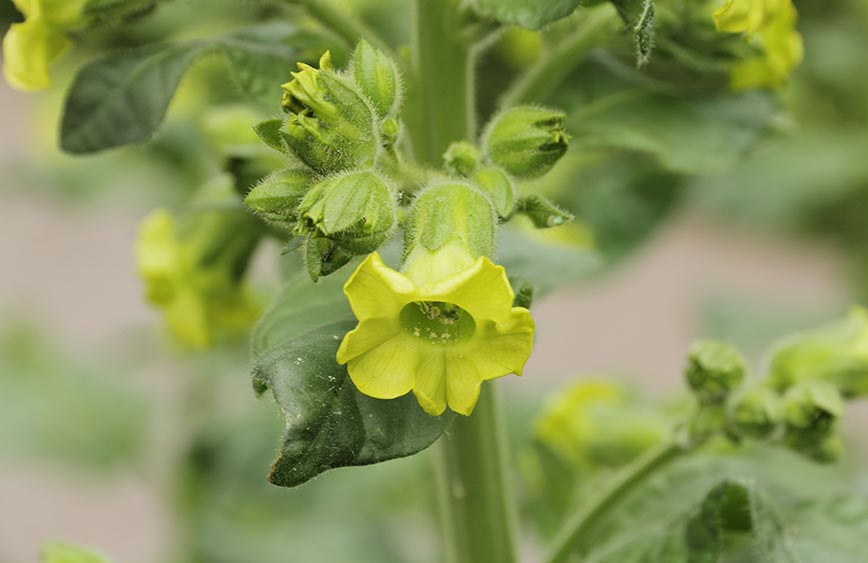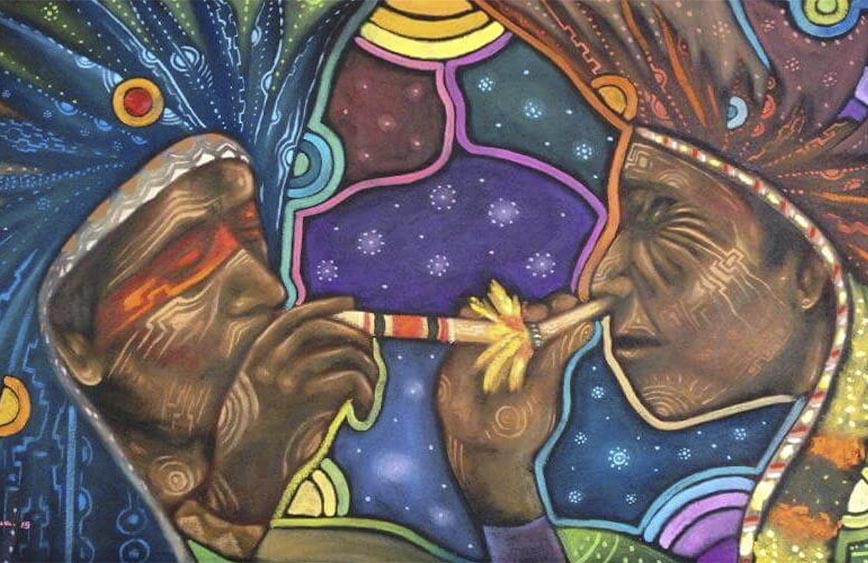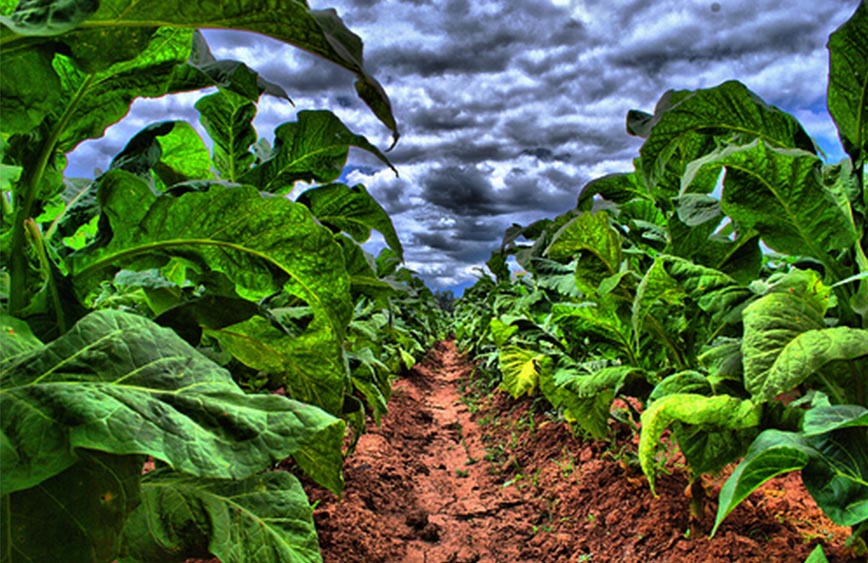No products in the cart.
What is Rapé?
Rapé is a sacred medicine used for thousands of years by different tribes that populate the Amazon, and a great tool to calm the mind and connect with the essence of the universe.
Rapé is composed mainly of finely ground and sifted Mapacho, ashes from ceremonial fire, and other sacred plants that determine its subtle alchemy. The result is a very fine spicy powder, in which the plant crystals can be perceived.
Although each Rapé recipe is prepared with different plants, Grandpa Mapacho is always present with few exceptions, as it helps to organize, integrate and balance the other medicines and direct them with a specific purpose.
Nicotiana (The well-known t*bacco, Nicotiana tabacum) or Mapacho (Nicotiana Rústica), is a master plant that is found on all continents and has been linked to man since ancient times. Above all, the little raccoon is a gateway of connection par excellence with the spirit and the universe.
For all these reasons, Malpacho is considered the most important of the master plants, the one that acts as the director of the symphony orchestra.


Types of Rapé
Rapé varieties with a higher proportion of ash are lighter and grayish; They are considered “Air” varieties, their effect is more stimulating, and they are indicated for situations in which we want to rise and float, connect with the subtle and the divine. They are varieties generally more recommended for beginners.
Rapé varieties with a higher proportion of Mapacho are darker and brownish; They are “Earth” varieties, their effect is more sedative, and they are indicated to connect with depth, roots, and ancestors. They are varieties indicated for more advanced users.
Between these two extremes, there is a wide range of varieties, each with its own spirit and subtleties, which will determine whether Rapé has healing, concentration, warrior or other connections.
Some of the Rapés are named after the tribes that use them, such as the Yawanawa, Nukini, Manchinery, and Katukina tribes.


Proper use
Rapé is an ancient medicine, and its proper consumption provides us with healing, strength, and connection with the universe and with ourselves. For it to be a healing tool and not a self-destructive practice, we must give it ancestral use, with pure intention and great respect, and understand that taking Rapé is a path of learning.
In the West, there is a tendency to disconnect from its medicinal and sacred purpose, giving it a social and superficial use in inappropriate contexts. Well used, snuff is a wonderful ally and travel companion. When purchasing snuff, let’s be sure to restore it to its place as an ancient healing medicine for body and mind.
How often is it appropriate to take Rapé?
By buying Rapé, you are acquiring a powerful tool with which to hone one of our most valuable weapons: The mind. The dose and frequency depend on the real and conscious spiritual need of the individual, as with all medicine; of each person’s relationship with it and the moment of its evolution.
In the case of Rapé, correct use is measured by the quality of the intake rather than by the quantity; respecting its sacred character and always putting in a luminous prayer and a pure intention.
It is known that excesses and extremes are not usually good medicine. It is common that at the beginning of the relationship with Rapé, there is an excessive hunger to take many daily intakes, and to explore and feel its physical effects.
This is not worrying, as long as correct ritual use is made, since over time the relationship balances, and the student begins to appreciate its energetic and spiritual effects above physical sensations, and naturally, one begins to use when the spirit requires it.


History of Rapé in Europe
The monk Ramón Pane, who accompanied Columbus on his second voyage to the Americas, in 1493, observed that the indigenous people of the region that now corresponds to Haiti, absorbed Nicotiana through a reed, and the Portuguese observed the same custom in the indigenous people of Brazil.
By order of Philip II, the doctor and botanist Francisco Hernández de Boncalo was the one who introduced the first t*bacco seeds to Europe in 1577, and they were planted in the surroundings of Toledo.
In 1561, the French ambassador in Lisbon, Jean Nicot, sent snuff to Catherine de’ Medici, wife of King Henry II of France, as a medicinal treatment for the migraines suffered by her son. She fell in love with snuff, and it became popular as both a medicinal and recreational remedy among the elite.
It soon began to be consumed in Europe among the wealthiest groups, since tobacco, in all its formats, was then a luxury good.
It was during the 18th century that snuff became a widespread fashion among the European aristocracy. Smoking t*bacco was destined for the masses, and the consumption of Rapé became the greatest customary and social ritual in Europe among bourgeois and aristocratic societies.
At the beginning of the 20th century, in England, smoking was only done in lower-class bars, because aristocrats could buy Rapé, and they only consumed snuff.
Thus, Rapé little by little became an inseparable ally of the nobility. Louis XIII, Charles II of England, Frederick the Great, William III and his wife, Napoleon, George III and his wife Benedict XIII, and many other aristocrats were regular consumers of Rapé.
